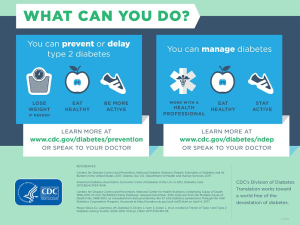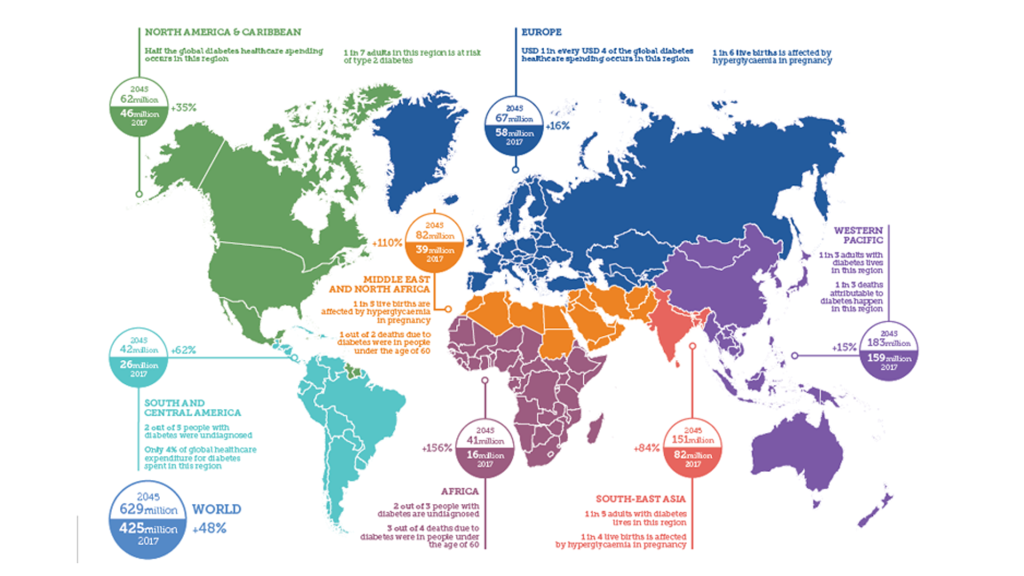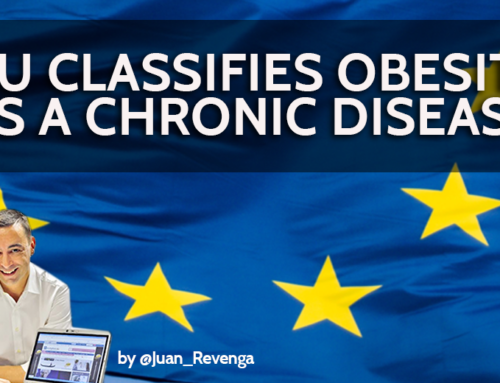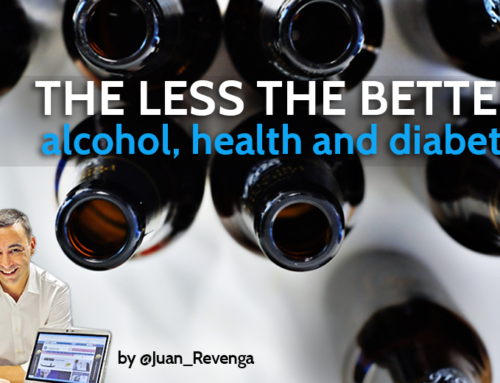Slowing the incidence and prevalence of diabetes in the U.S. Does the impossible come true?
A recent study shows that new diagnoses of diabetes in the United States have decreased by 35 percent since the 2008 peak. This could be the first sign of usefulness of all efforts to curb the epidemic
Against the more frequent predictions, which we have been counting from this blog for some time, the results of the New directions in incidence and prevalence of diagnosed diabetes in the USA published last May in the prestigious British Medical Journal have highlighted that the number of new diagnoses – or incidences – of diabetes has fallen from 1.7 million cases per year in 2008 to 1.3 million in 2017. And the good news doesn’t stop there, and the number of patients living with a diagnosis – or prevalence – of diabetes has remained relatively stable over the past 8 years.
To get an idea of the value of these figures, it is worth taking some perspective and knowing that the combined prevalence of type 1 and type 2 diabetes increased from 3.4% in the American adult population in 1990 to the extreme of 8.2% in 2009.Thus, according to data collected in the National Health Survey, the prevalence of this disease stabilized at that time, remaining at 8% by 2017. In terms of incidence, the number of new cases of diabetes fell from approximately 1.7 million a year in 2008 to approximately 1.3 million in 2017. Although unfortunately with these patients reported data it is not possible to distinguish between type 1 and type 2 diabetes, it should be remembered that between 90-95% of diabetes diagnoses in developed countries are type 2 diabetes.
It seemed impossible, but it’s true.
 According to the authors of the study, this change in the direction of the figures reported since 1980, may be due to a greater general awareness of this disease, as well as to the detection and tools for early diagnosis and detection of risk of developing diabetes (this summer the American laboratory GX SCIENCES has placed on the market DIABETESpredict with a great reception). More specifically, Dr. Ann Albright, director of the Division of Diabetes at the Centers for Disease Control and Prevention, CDC, noted that these advances may be due in part to initiatives such as the National Diabetes Prevention Program as well as increased access to better food choices and safe and comfortable spaces to stay active.
According to the authors of the study, this change in the direction of the figures reported since 1980, may be due to a greater general awareness of this disease, as well as to the detection and tools for early diagnosis and detection of risk of developing diabetes (this summer the American laboratory GX SCIENCES has placed on the market DIABETESpredict with a great reception). More specifically, Dr. Ann Albright, director of the Division of Diabetes at the Centers for Disease Control and Prevention, CDC, noted that these advances may be due in part to initiatives such as the National Diabetes Prevention Program as well as increased access to better food choices and safe and comfortable spaces to stay active.
However, as the authors of the study also point out, the burden of diabetes remains particularly important, and therefore urge continued emphasis on multidisciplinary prevention at all levels to reduce both new cases of type 2 diabetes and its most serious complications.
And all over the world?

The truth is that we do not have recent objective data to contrast whether what is happening in the US will also be happening in other surrounding countries, for instance in Spain.
In a way, this reality was also predictable. I am referring to the latest World Diabetes Atlas (2017) from the International Diabetes Federation (IDF). This is a trend in which in developed countries, diabetes remits – to a certain extent – and it is in those with the lowest incomes that the worst is expected. Thus, in the words of Professor Nam Han Cho, President of the IDF: “The regions of Africa, the Middle East and North Africa, and Southeast Asia are expected to face the largest increase in the next 28 years. People in these regions develop the disease earlier, get sicker, and die sooner than their counterparts in the richer nations.
If this disparity in the prognosis of diabetes between higher and lower income countries is certain, it may have confirmation when the new full IDF Diabetes Atlas report is published. As every two years since the year 2000, the next edition of this Atlas will be published in November 2019 and, no doubt about it, we will give an account in this corner
Latest posts by Juan Revenga Frauca (see all)
- Obesity recognized as a chronic disease - 13 October, 2021
- Who said you have to eat everything? - 7 October, 2021
- Diabetes and Alzheimer - 29 January, 2021








